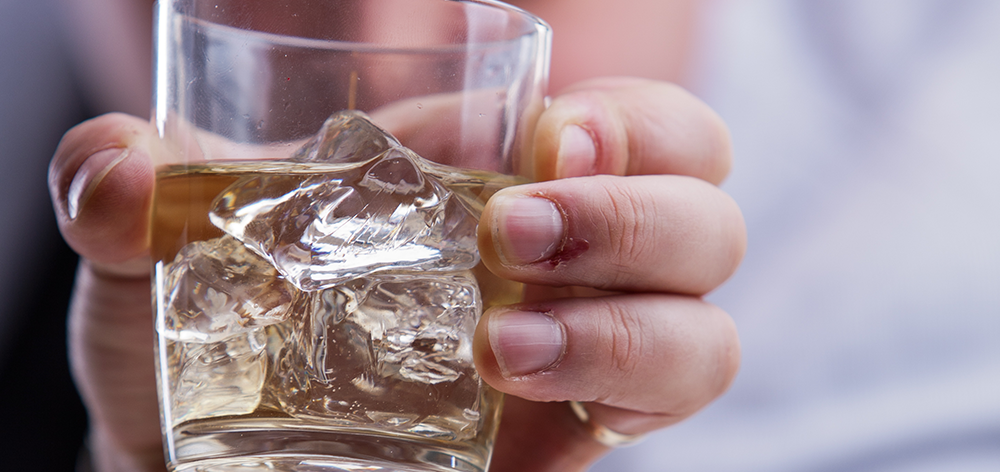
Did you ever wonder what it is that compels us to do things that we absolutely know are not good for us? One well-known answer to this mystery has been, “because it feels good.” I believe that this is true and that the more times we do something that feels good, the more conditioned we are to do it again.
However, what about the fact that we know it is not good for us? How is it that we can know that overeating is harmful to us, yet we continue to do so? It is really no great mystery. Just a few principles of conditioning can explain most of it. First of all, we already established that there is always a reward; it feels good. It also feels good immediately. The more promptly we are reinforced after a behavior, the stronger the association. That’s what makes fast food so habit forming, as well as alcohol and caffeine. They all cause a good feeling very quickly and easily. This is a characteristic of all bad habits. If you charge an expensive item on a credit card, you get it now. If you lie, you get out of trouble in that moment. If you procrastinate, you’ve solved your problem today. Of course, there are long-term consequences that come later. Immediate gratification is a much greater temptation and an extremely powerful reinforcer.
Other variables (things) can contribute to the development of a compulsion, such as a lack of known alternatives. When we are very young or in a very restricted environment, we just can’t see any reasonable options. Therefore, most of our bad habits are born out of these situations.
Still, eventually, most of us suffer long-term consequences and move on from a restricted environment as well, realizing that quick fixes just didn’t truly work. So how is it then that at that point, we don’t just stop the behavior? Even when we truly want to stop, what continues to make it so hard to do so?
The secret is that by the time we have come to realize that our quick fixes have long-term consequences, we have already experienced a lot of “good times”. The positive reinforcement history is extensive and this active memory creates what we experience as a craving or an urge. Even a number of painful consequences caused by our bad habits don’t outweigh the long history of feeling good quickly and easily. This active information is what I call our Positive Reinforcement History. All bad habits have a long history of subjectively positive outcomes. This active memory, some conscious, some subconscious, is what continues to drive our desire in spite of rational thought. Feelings can overwhelm thinking and we end up giving in like a moth to a flame.
If our mind operates much like a computer, then these files of experience can be isolated and quarantined. An Enlight application does just that. Every memory of a bad habit making us feel good can be accessed and neutralized, ending the urge and reestablishing a balanced sense of choice.

